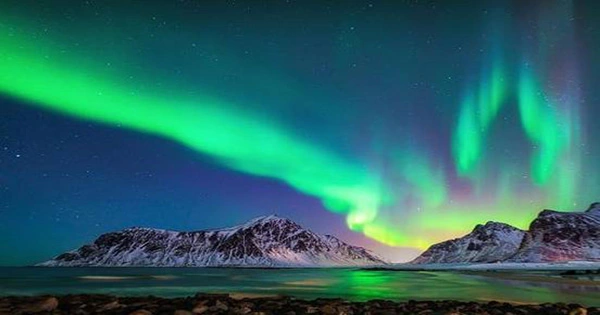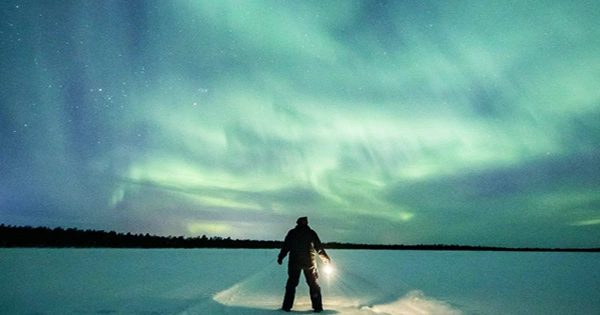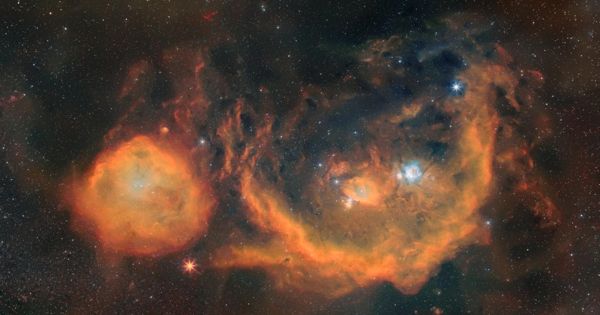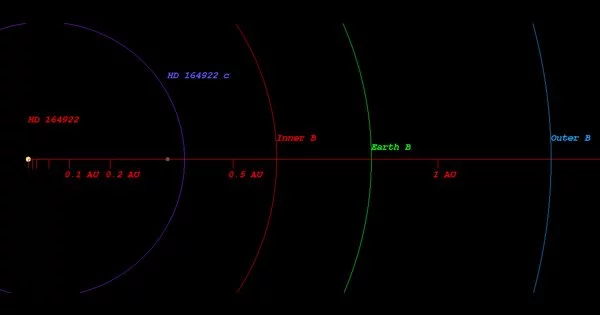Some people believe that an incident recounted in the Chinese Bamboo Annals is a description of a dazzling aurora. If that’s the case, this would be the earliest report of such an incident that could be dated, at approximately 3,000 years old. The location of the source implies a very violent geomagnetic storm, therefore such a discovery could be scientific as well as historical. From early stories to 299 BCE, the Bamboo Annals describe the story of China’s growth. The Annals were buried for about 600 years until being unearthed in the third century CE, along with several other great writings. One section alludes to a fascinating celestial object in the north sky.
In Advances in Space Research, Dr. Marinus van der Sluijs of the University of Pennsylvania Museum of Archeology and Anthropology and Dr. Hisashi Hayakawa of Nagoya University investigated this text. They determine that not only is this most likely an aurora description, but they can also pinpoint the location and two possible dates when it was viewed. Based on references to the aurora being seen in either the 19th or final year of King Zho’s reign, Van der Sluijs and Hayakawa claim it happened in 977 or 957 BCE, plus or minus one year in each case. If they’re correct, this is around 300 years earlier than the previous oldest accounts of auroral activity.

“We found the observing site in the vicinity of Hàojng (N34°14′, E108°46′),” they wrote. Despite the fact that the north magnetic pole was closer to China in the 10th century BCE than it is now, China would still be over 40 degrees from the pole. At such distance from a pole, only a massive eruption on the Sun could create something brilliant enough to be seen. It wouldn’t be unheard of for an aurora to match the description in Hàojng, but it would be unusual – which is probably why it was deemed to be worth recording.
When solar storms collide with the atmosphere, they produce unique radioactive isotopes. Studies of their concentration in sediments reveal a large slowdown in solar activity between 810 and 720 BCE, analogous to the Maunder Minimum in the 17th century and sometimes referred to as the Grand Minimum. Not long after, plausible mentions of auroras exist in Assyrian and Babylonian manuscripts, as well as a putative reference in the Bible.
The Bamboo Annals, if van der Sluijs and Hayakawa are correct, are the sole datable account we have from before the Grand Minimum. Because isotopic measurements only provide us with decadal activity levels during the timeframe, it could assist us date the per-minimum timing of solar peaks. The Bamboo Annals narrative has previously been researched for astronomical significance, however some have taken it to allude to a comet rather than an aurora. Even those who believed believe it was about the polar lights couldn’t be certain of the date or place.
The event has also been misidentified due to two versions of the Annals, which refer to it as a “fuzzy star” or a “five-colored light” in the northern sky, respectively. The latter reference, according to Van der Sluijs and Hayakawa, is more authentic. The description resembles how other writers described bright auroras as they approached latitudes where they are rarely seen. Mohe, dubbed “China’s Arctic Town,” is one of the few spots in China where you can view the northern lights today.
It’s so far north, bordering Russia, that it’s the only spot in China where you may see both the aurora borealis and the midnight sun depending on the season. Van der Suijs earlier published a paper on rock art pictures that were proposed as aurora portrayals. While these almost likely predate the Bamboo Annals, even if the interpretation is true, there is little chance of dating them precisely.
















